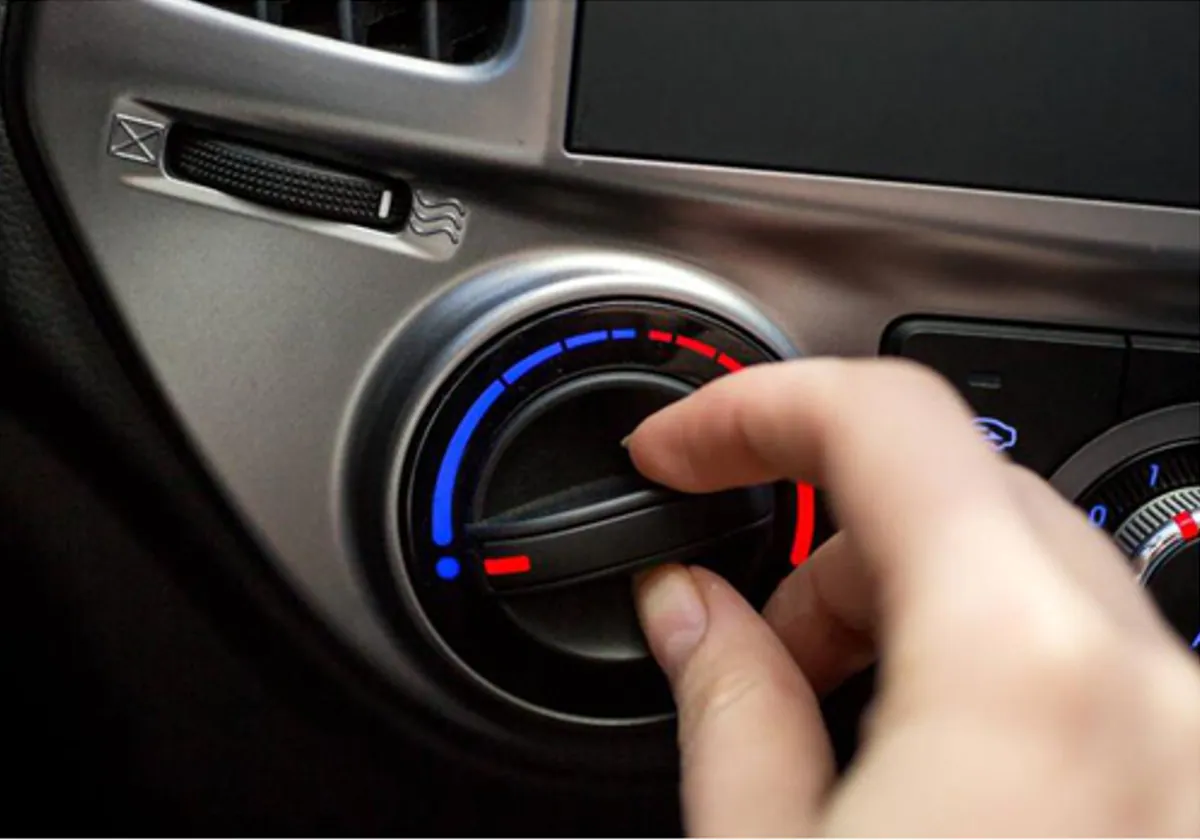The transmission of live images marked a major advance in air traffic regulation
The year 2013 was the year of the arrival of the “Pegasus” aerial cinematometer, an event with social and media implications. For any driver, hearing his name is synonymous with a fine, although the work of the DGT helicopters is much more complete and complex and, according to this body, is fundamentally aimed at reducing the number of road accidents.
The helicopter unit of the Directorate-General for Transport (DGT) was born in Madrid in 1962, located at the airport of Cuatro Vientos (Madrid), with three pilots, two mechanics and two helicopters. Fifty-three years later, it has amassed more than 200,000 flight hours.
Although the DGT has 13 helicopters at its disposal, only 10 of them have MX15 cameras from Canadian manufacturer L3 Wescam that are compatible with the Pegasus surveillance system. Pegasus is actually the name of these cameras, although helicopters are called that.
In addition to the famous helicopters, the DGT has a total of 39 drones in use, most of the Thyra V019 model. The maximum autonomy they can achieve is 40 minutes, with an action range of up to 10 km and a 40x optical zoom, they all operate at an altitude of 120 meters and their propellers allow them to reach 80 km/h.
The Pegasus can operate with extreme precision at an altitude of 300 meters and a distance of one kilometer from the target. Based on the position of the helicopter, a GPS calculates the coordinates of the vehicle to be controlled, after which a laser rangefinder measures the exact distance between the helicopter itself and the vehicle. This measurement of the position is performed several times, allowing the radar to calculate the average speed of the controlled vehicle at that moment -it can measure averages between 80 and 360 km/h-. , it is recorded and sent electronically.
Another characteristic of the Pegasus is its ability to be selective. While a traditional radar takes pictures left and right, the Pegasus, which is driven by humans, has the ability to observe the behavior of drivers from above. In this way, those who drive unsafely or commit flagrant violations become a priority target of the DGT’s radar.
One of the Unit’s major tasks is its traffic control missions. The aim is to provide air support for safety and traffic flow. Thanks to these flights, traffic centers receive live information about the road conditions and can make the right decisions at any time.
In addition to regulation, surveillance missions are one of the most important. They are carried out 365 days a year, mainly on conventional roads, and affect those sections that are particularly dangerous, with the highest number of fatalities.
For every 2.5 hour flight of the Pegasus radar, approximately 300 kilometers of tracks are checked, and the range can be increased by linking stopovers between the different DGT helicopter bases.
In addition, these missions have been completed with new surveillance flights. Some to control the dangerous behavior of cars and bicycles on busy cycle routes (incorrect overtaking, circulation of cyclists in groups, use of safety helmets…). And others in sections frequented by heavy vehicles, where the main focus is on compliance with the safety distance standard for these vehicles. All this always in coordination with the agents of the Traffic Group of the Guardia Civil. But there are also surveillance flights on weekends on highways, where the most dangerous offenses usually involve speeding.
The aerial photographer “Pegasus” is the first in the world to be certified to punish offenders for speeding. It started operating in DGT helicopters in early 2013 and is currently being installed by eight of the twelve Patrol helicopters.
The variable message panels on the roads include a new warning to drivers, “Mobile Speed Control”, in the sections where the DGT helicopters operate. “The purpose of this new message is to announce the presence of airborne speed control, just as it reports the presence of fixed and mobile radars on the ground, so that the driver has full information at all times,” the DGT said.
Source: La Verdad
I am Ida Scott, a journalist and content author with a passion for uncovering the truth. I have been writing professionally for Today Times Live since 2020 and specialize in political news. My career began when I was just 17; I had already developed a knack for research and an eye for detail which made me stand out from my peers.



